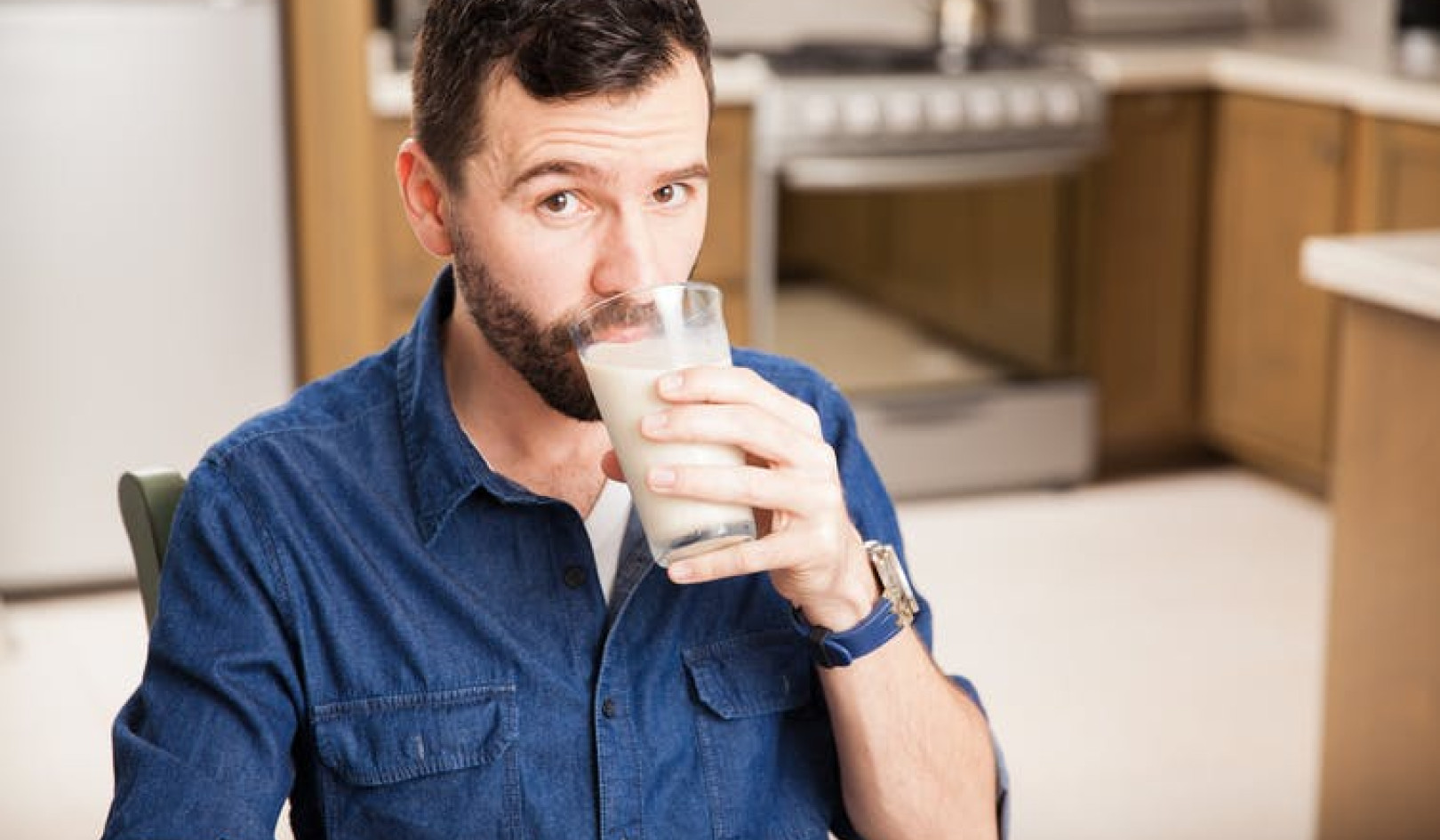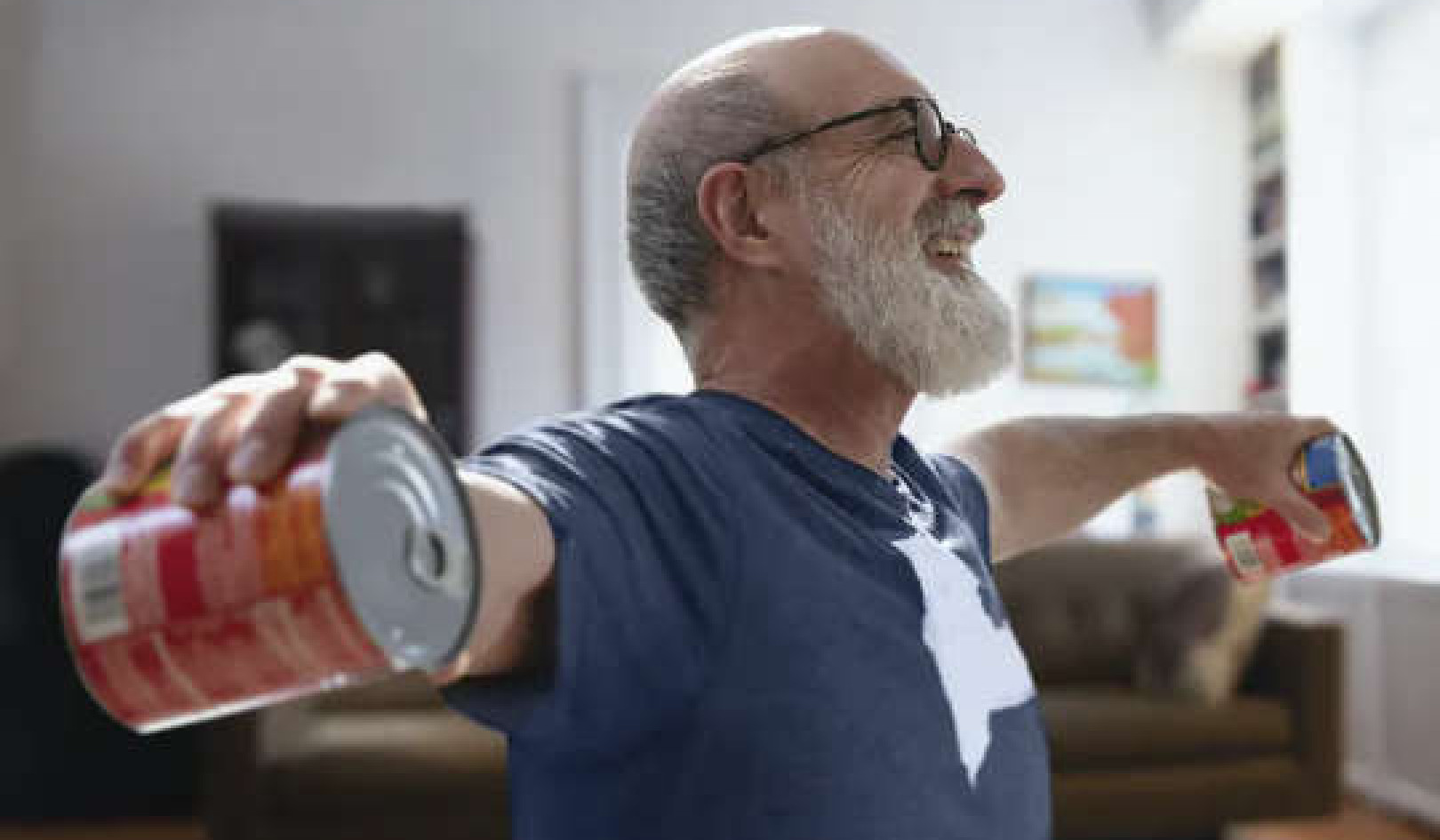
Young children who recognize food name brands, like Lucky Charms, M&M’s, and Cheetos are more likely to make unhealthy choices and be at higher risk of obesity later, say researchers.
This weight gain occurs independently of other variables, including family demographics and TV viewing—and despite the fact that these children may struggle to recall details about food brands like mascots or other fantasy characters.
For a new study, researchers wanted to know if food brand recognition alone has any relevance for preschooler weight status, and if family and other variables are the primary sources of being overweight.
The sample of 247 preschoolers, whose average age was 4.5 years, were measured for BMI and completed recognition and recall indicators for a selection of 30 US food brands.
The most recognized among the brands was Pepperidge Farm Goldfish (96 percent). Since there were three choices of foods to match with each brand logo, the children could get the answer right one-third of the time just by guessing.
Even the least recognized brand (SpaghettiOs) was recognized 41 percent of the time, which was significantly greater than the chance rate.
Overweight children recognized 10 food items more often than healthy-weight children: M&M’s, Cocoa Puffs, Keebler cookies, Pringles potato chips, Rice Krispies, Cap’n Crunch, Coca-Cola, Planter’s peanuts, KFC, and Hamburger Helper.
McDonald’s registered the highest recall percentage (62 percent) among overweight children.
“It is interesting that despite very low recall rates for some foods, recognition rates were still high,” says Kristen Harrison, professor of communication studies at the University of Michigan and lead author of the study in the journal Appetite.
For example, the Keebler logo was recognized as matching with cookies (as opposed to potato chips or pretzels) by 86 percent of the kids in the study, but only 1 percent could name the brand. On the other hand, recall percentages for other brands (such as McDonald’s, M&M’s, and Pepperidge Farm Goldfish) were relatively high, but still lower than their corresponding recognition rates.
Further, even though children knew the product associated with a brand, many didn’t know the brand name. For example, Lucky Charms were called “Cheerios with candy,” M&M’s were called Skittles, Coca-Cola was called Dr. Pepper, McDonald’s was called “Old McDonald’s,” the Pringles logo was called “Mustache Guy,” Quaker oatmeal “Hatman Oatmeal,” and Cap’n Crunch was identified as both “Captain America” and “Chaplain Crunch.”
Source: University of Michigan
Related Books
at InnerSelf Market and Amazon



























